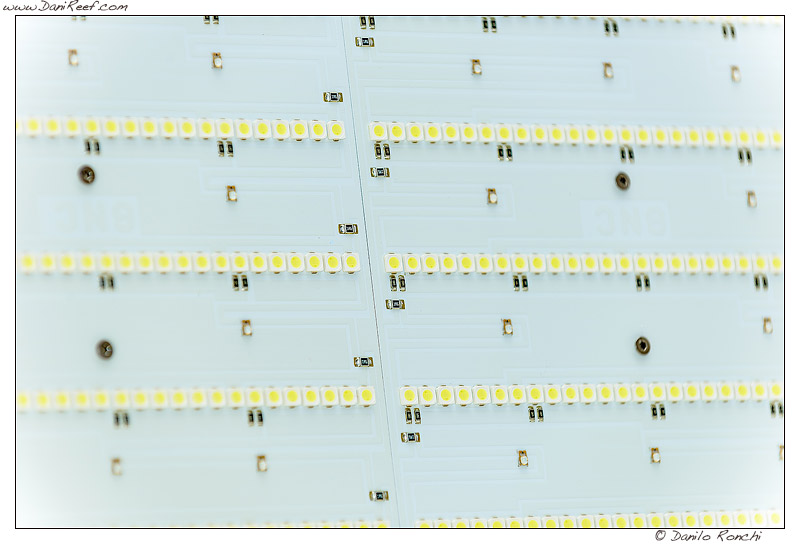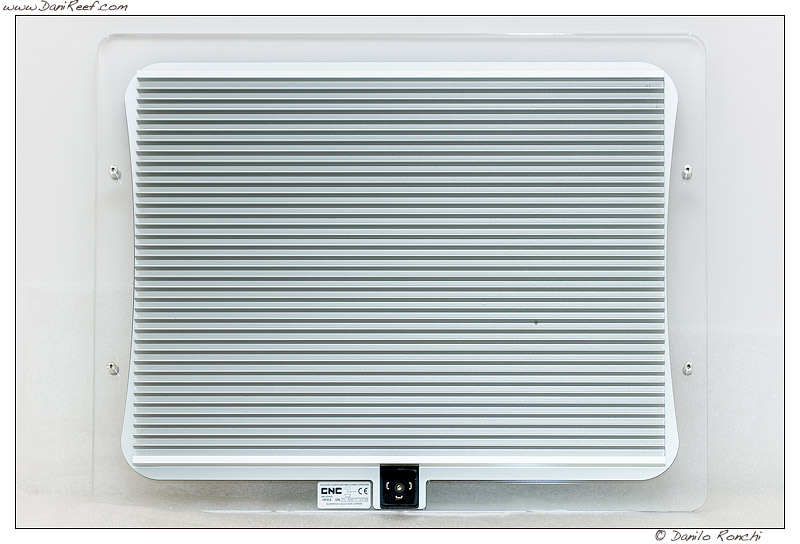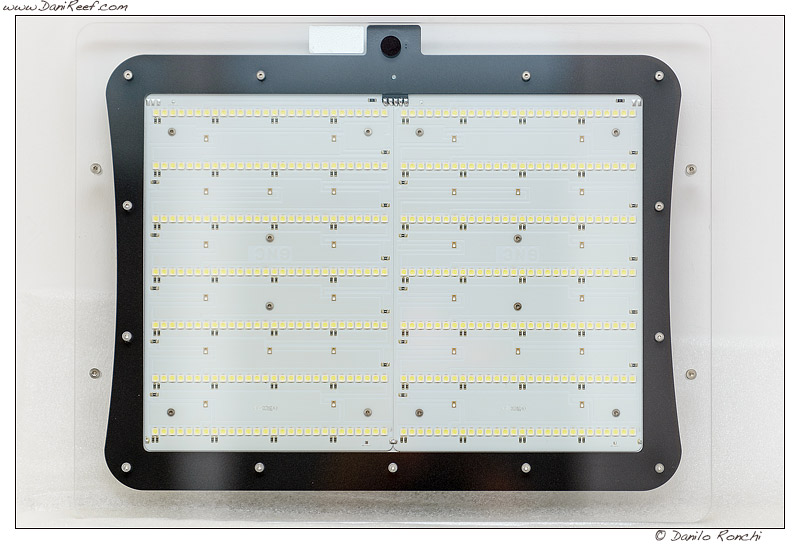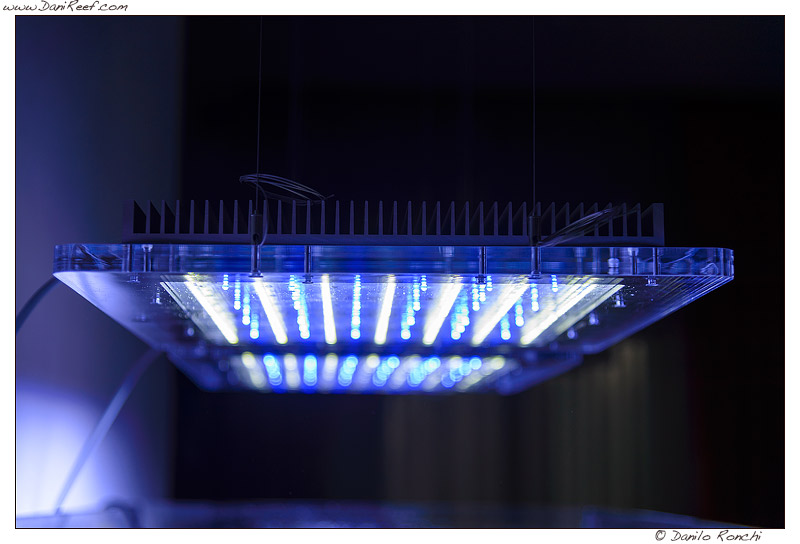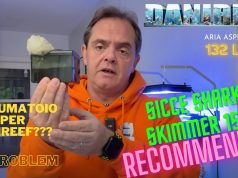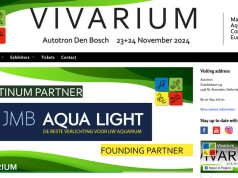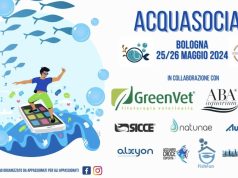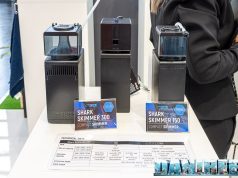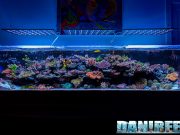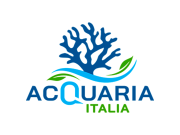After the post published a little over a month ago on my transition from HQi lamps to LEDs (see article), I finally present the lamp that is being tested on my tank, a pair of Sicce AM Series 466 led light fixture.
The Sicce AM 466 adopts many features that are difficult to find on other commercial light fixture, as we shall see later, but what struck me most is seeing it in operation in some tanks, especially the one on display in the shop of Natura Amica in Rome.
The first peculiarity of this light fixture is to mount a large number of low-power LEDs, as opposed to what you see lately with fixtures that mount but a few high-power LED. Surely this will have less problems of overheating of the die of the LED and a very widespread light, very similar to the one created by neon T5, although the effect of reverberation is almost totally lost. There is no danger, however, to see the reflection of LED in the water. There are no lenses to direct the flow of the LEDs, as it should be in a ceiling light with such a large number of LEDs.
Specifications
The LEDs are a total of 420, 392 white and 28 blue, consumption is 120 watt for each light fixture.
The weight is 5.8 kg for dimensions equal to 466x366x50 (h) mm.
The line is extremely slim and the construction of the light fixture is nothing less than excellent.
Side view is simply amazing.
Superiorly it appears as a large aluminum cooling fin mounted on a sheet of plexiglass, that serves to protect the LEDs and to operate the passive cooling channels, given that the light fixture does not mount any type of fans or other active cooling systems. The ceiling is also waterproof, with the only critical point represented by the electrical plug of the lamp.
Another characteristic that distinguishes the Sicce 466 from its competitors is the lack of a sophisticated dedicated controller. Unlike most of the light fixtures on the market in fact it is not possible to vary the intensity of the LEDs, obtaining a night light or create a dimming specific to our own preferences. We can’t say Sicce is not dimmable, but it is in a very special way. When powered in fact LEDs perform a dimming that can be divided into two phases. In the first half hour only the blue LEDs are switched on, which vary from 0% to 100% intensity, followed in the next half-hour also by white LEDs, to arrive at one hour after powered to default intensity of 100%. When switched off, the process is reversed by first turning off the white LED’s and then the blue.
All in a simple way.
I called the designer of the light fixture and I talked with him in regard to this strange choice to not change the parameters of power and dimming, he told us that in this way the Sicce is aware of the potential of the lamp and therefore it is impossible, without modifying the parameters, do not get results valid and credible. In the future, however, we will probably have a system to manage the night lighting and a different ramp for switching, in order to benefit, for example, of a longer time of blue LEDs, which are so attractive on our marine aquarium.
The test meanwhile continues positively, but before drawing any objective conclusions I have to use for several more months, where at the end I’ll post movies, objective data and various measurements. Stay tuned!
Do you have comments or questions to please?







